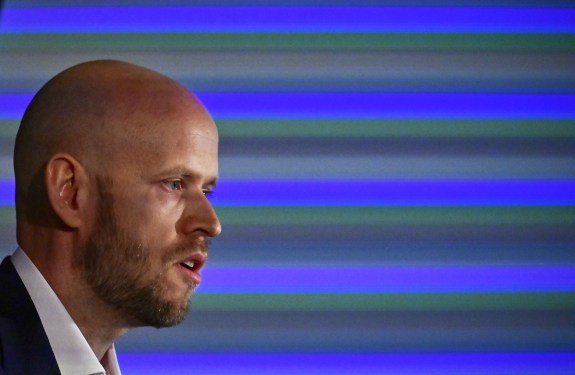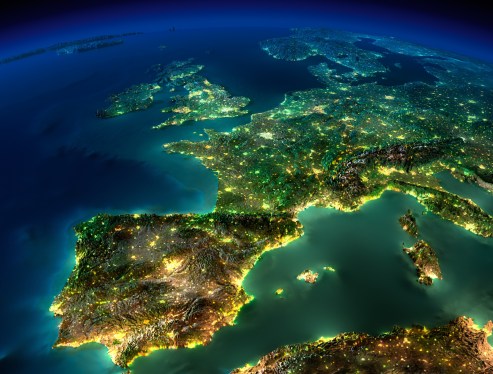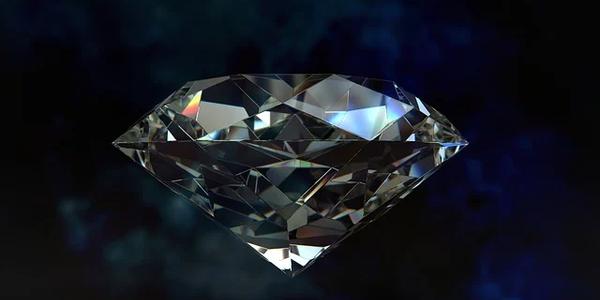The Revolution of Digital Art with Stable Diffusion
Artificial intelligence (AI) has transformed the world of digital art, and one of the most exciting developments in this field is the emergence of Stable Diffusion. In this comprehensive guide, we will delve into the basics of Stable Diffusion, its potential applications, and how you can tap into its power to create breathtaking, high-quality images. This is Part 1 of our in-depth series on mastering Stable Diffusion.
Unlocking the Potential of AI-Based Image Generation
Stable Diffusion is an AI-based image generation technique that uses a combination of neural networks and diffusion models to produce high-quality, detailed, and customizable artwork. By feeding the AI specific prompts or descriptions, users can guide the AI in creating images that align with their creative vision.
Key Components of Stable Diffusion
Neural Networks: The Foundation of Stable Diffusion
At the heart of Stable Diffusion are advanced neural networks that have been trained on vast datasets of images and art styles. These networks enable the AI to generate new images based on the provided prompts, ensuring that each output is unique and tailored to the user’s requirements.
Diffusion Models: Refining and Enhancing Generated Images
Diffusion models play a crucial role in refining the generated images, adding detail, and ensuring the final output is both coherent and visually appealing. This process involves a series of transformations that progressively refine the image until it meets the desired standards.
Understanding the Anatomy of a Good Prompt
Crafting Prompts for Effective Stable Diffusion Use
To leverage Stable Diffusion effectively, it’s essential to craft detailed and specific prompts that cover the following areas:
Subject: The Main Focus of the Image
The subject is the most crucial element of your prompt. It should describe the main focus of the image with as much detail as possible. For example, instead of just mentioning ‘a young woman,’ provide a more comprehensive description like ‘a young woman with light blue dress sitting next to a wooden window reading a book.’ This level of specificity will guide the AI in generating an image that closely matches your vision.
Medium: Defining Style and Approach
Defining the medium helps refine the generated image’s style. Some examples of mediums include digital painting, photograph, and oil painting. For instance, if you want a digital art style, you can use the medium ‘Digital painting’ in your prompt. This will ensure the resulting image aligns with your desired medium.
Style: Customizing Appearance
Incorporating style into your prompt allows you to further customize the image’s appearance. Some popular styles include hyperrealistic, pop-art, modernist, and art nouveau. Adding these keywords to your prompt will guide the AI in generating an image that reflects the chosen style.
Advanced Tips & Keywords
Mastering the Art of Prompt Crafting
In this section, we’ll dive deeper into the remaining components of a good prompt, share advanced tips for creating high-quality prompts, and introduce some powerful keywords that can help elevate your Stable Diffusion-generated images.
Artist: Influencing Style with Familiarity
Mentioning a specific artist in your prompt can have a significant impact on the generated image’s style. Familiarize yourself with different artists and their work to choose the best match for your desired image. For example, if you want a realistic modern drawing, you can include ‘






